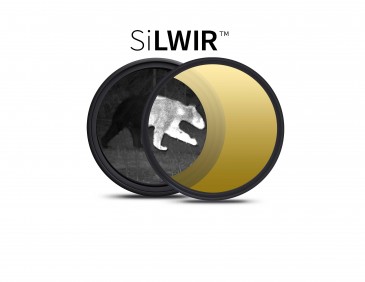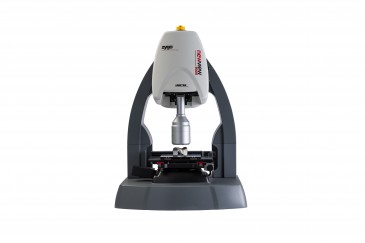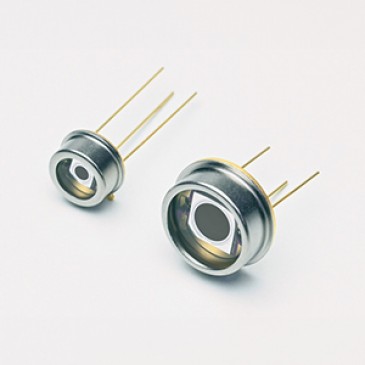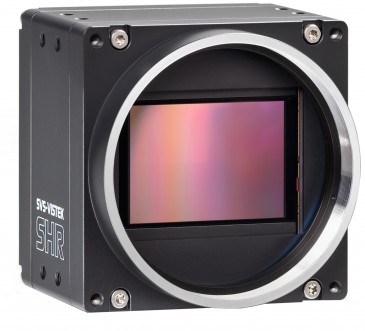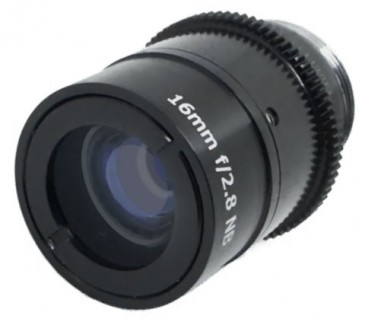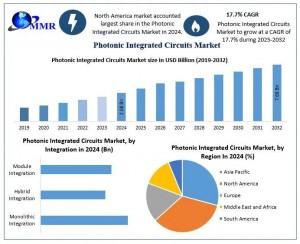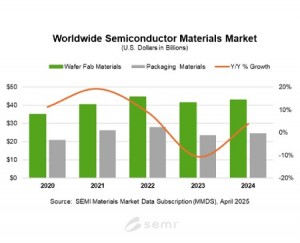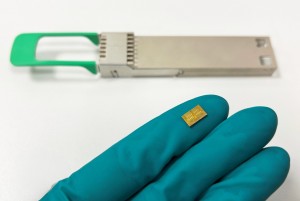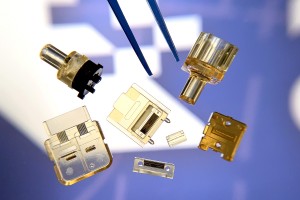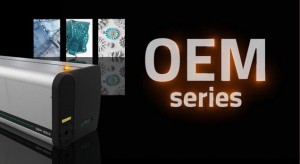
Researchers at the Helmholtz-Zentrum Berlin (HZB) in Germany have achieved a record 25.5% conversion efficiency in a perovskite-silicon tandem solar cell after adding a microstructured foil over the perovskite layer to optimize the light management.
Tandem solar cells could be one possible way to overcome the theoretical limit of the efficiency of silicon solar cells, which are still dominating the market. But while tandem devices made from combinations of silicone and GaInP or GaAs, for instance, are more efficient than the device reported by HZB, they are expensive to make. “Up to now, only perovskite has the potential to increase the efficiency of the tandem with silicon while not increasing the price substantially,” states Dr Marko Jošt, postdoctoral researcher at HZB’s Institute for Silicon Photovoltaics.
Indeed, previous tandem solar cells made of silicon and metal halide perovskite compounds have already achieved high efficiency levels — but also lost light to reflection. In the past, attempts to reduce reflection through nanostructures had been unsuccessful because the microfeatures etched into the silicon caused a surface roughness that made the silicon no longer suitable as a substrate for deposition of extremely thin perovskite layers via solution processing. Forming a uniform conformal layer on top of the rough-etched silicon surface layer was impossible because the extremely thin perovskite films were much thinner than the microfeatures themselves.
The new approach: A smooth frontside
The HZB team was able to minimize reflection significantly by investigating an alternative approach to light management with textures in perovskite-silicon tandem solar cells. They etched the silicon layer on the backside and applied the perovskite layer on the silicon layer’s smooth frontside by spincoating method. Over that, they then applied a polymer light management foil. Thus, the scientists were effectively able to process a high-quality perovskite film on a flat surface while still benefiting from the backside texture and considerably improved the efficiency of their monolithic perovskite-silicon heterojunction tandem cell from 23.4 % to 25.5 %.
“The 25.5% is the highest perovskite-silicon efficiency published in a scientific journal,” says Jošt, adding, however, that a press release by Oxford PV reports a 27.3% efficiency reached with a perovscite-silicone tandem solar cell. “Our device efficiency has been enabled by combining some of the results and following the guidelines already presented and combining them with the perovskite and front-contact layer-deposition process that we developed in our lab,” the researcher says. “The ‘final boost’ was given by applying the light management foil on top of the device, which significantly reduced the reflection and improved absorption in both the perovskite and the silicon.”
What is more, Jošt’s team developed a sophisticated numerical model for complex 3D features and their interaction with light. They were able to calculate how different device designs with textures at various interfaces affect efficiency. Based on their simulations and data, they now believe they can realistically achieve an efficiency of 32.5% if they incorporate high-quality perovskites with a band gap of 1.66 eV on top of a silicon bottom cell that is textured on both sides.
Using real-world weather data, they even calculated the energy yield over the course of a year for the different cell designs and for three different locations. The simulations showed that the light-management foil on their prototype’s frontside is particularly advantageous under diffuse light irradiation. This could mean that tandem solar cells with this new light-management foil could be a good fit for applications in building-integrated photovoltaics (BIPV).
The research results are detailed in the article “Textured interfaces in monolithic perovskite/silicon tandem solar cells: Advanced light management for improved efficiency and energy yield,” recently published in the journal Energy & Environmental Science.
Written by Sandra Henderson, Research Editor, Novus Light Technologies Today

























 Back to Features
Back to Features